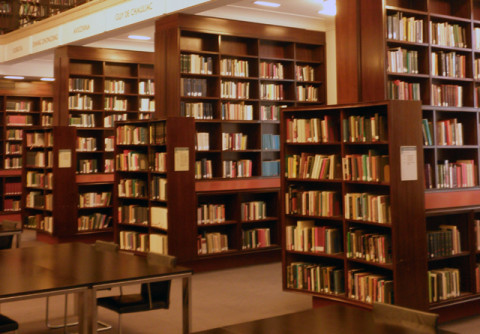Star Trek Classrooms (11-30-12)
Researchers at Durham University explored the learning repercussions of multi—touch, multi-user desks.
Researchers at Durham University explored the learning repercussions of multi—touch, multi-user desks.
Recent research at Johns Hopkins confirms previous research linking negative outcomes to human experience of light at night.
Nugent provides many practical suggestions for the design of residential common areas that college students are likely to use.

New studies in school design research are particularly applicable as teachers adapt more active forms of learning.
What do designers need to know about personal learning environments?
Researchers have investigated the design of environments that promote children’s health, from pediatric hospitals to neighborhood streets to play areas.
Dewar and her colleagues make the case for wakeful resting, a state that can be supported by design.
Mary Immordino-Yang and colleagues have completed an analysis of existing research and conclude that “the long-lost art of introspection – even daydreaming – my be an increasingly valuable part of life.”
Maxwell and Schectman comprehensively evaluated student perceptions of school building quality and the educational repercussions of those assessments.
The Daylighting Collaborative presents daylighting design guidelines at the web address noted below.